Today we are making ragù, not the traditional ragù, but a lentil and pumpkin ragù without tomato.
It’s a vegan ragù.
It’s tasty and light, suitable even for children.
It’s excellent on tagliatelle, to dress lasagna and baked pasta.
Preparation times
Vary depending on the use of dried lentils or already cooked lentils.
And if you have the light pumpkin soup ready in the freezer, it’s even faster!
PUMPKIN AND DIABETES
Pumpkin glycemic index: pumpkin of any type GI 75.
Apart from the glycemic index, it’s important to consider the glycemic load which is determined by the amount of food consumed.
Pumpkin has a high glycemic index but a low glycemic load.
Can people with diabetes eat pumpkin?
Yes, people with diabetes can eat pumpkin! – follow your diet plan; ours includes it.
In case of hyperglycemia, prediabetes, and diabetes, pumpkin can be consumed without exceeding portion sizes.
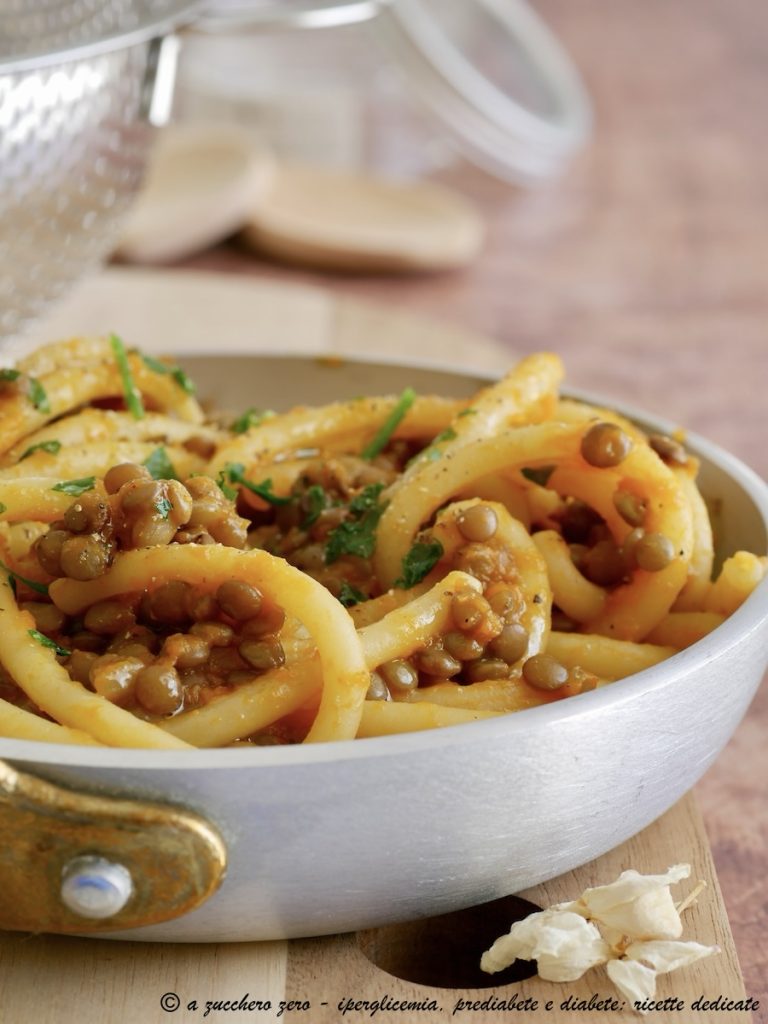
- Difficulty: Easy
- Cost: Economical
- Portions: 2 People
- Cooking methods: Stovetop
- Cuisine: Italian
Ingredients
It’s excellent on tagliatelle, to dress lasagna and baked pasta.
- cooked lentils (or canned lentils for 2 people)
- pumpkin (at least 7 oz of pulp)
- as needed water
- 1 broth cube (vegetable homemade [optional])
- 1 pinch salt
- 1 pinch mixed peppercorns (with grinder)
- 1 drizzle extra virgin olive oil (raw)
- as needed chopped parsley
Suggested Tools
- Knife
- Cutting Board
- Immersion Blender
- 1 Pan with lid preferably glass
Preparation
Recommended portions according to healthy eating guidelines
– fresh, soaked, or canned legumes: 5 oz;
– dried legumes: 1.75 oz.
Portions are always personal.
Prepare the lentils following the procedure described in How to cook lentils | simple, digestible, and versatile base recipe or, if you have them ready in the freezer, defrost a double portion.
Alternatively, use pre-cooked packaged lentils.
Remember to rinse them well under running water: canned legumes often contain additives, salt, and sometimes sugar.
Among the types of packaging, glass containers are preferable to tin cans as they are less subject to spoilage.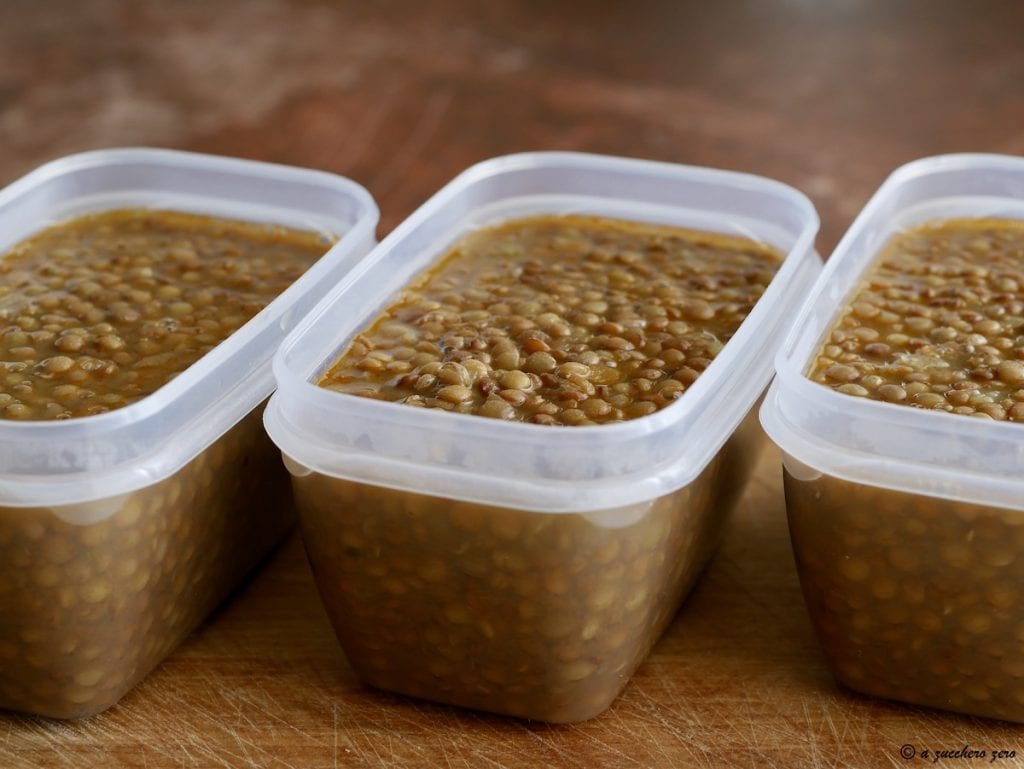
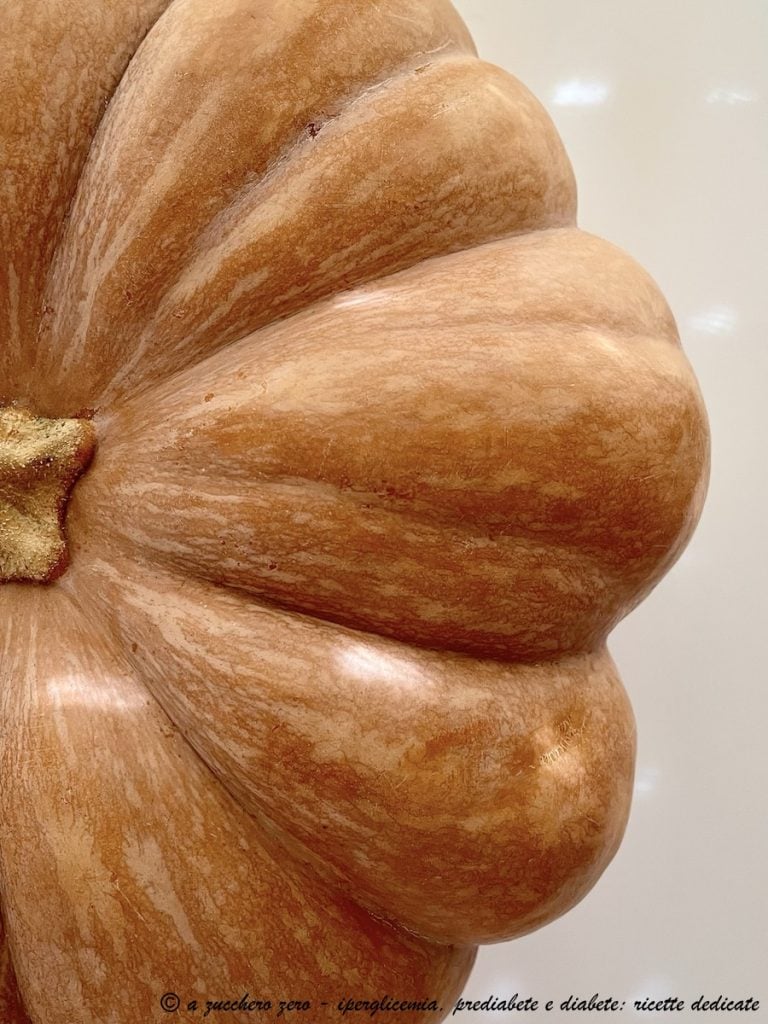
Wash the pumpkin.
Cut the pumpkin into slices.
Remove the skin and seeds.
Cut the pulp into pieces or cubes: the smaller they are, the faster they will cook.Place the pulp in a saucepan and cover just with water.
Bring to a boil and cook on low heat for about 5 minutes until the pulp becomes tender.Turn off the heat, add a vegetable broth cube – optional – and stir until it dissolves among the pumpkin.
Adjust the salt and grind the pepper.Blend with an immersion blender directly in the saucepan until you obtain a smooth and creamy consistency.
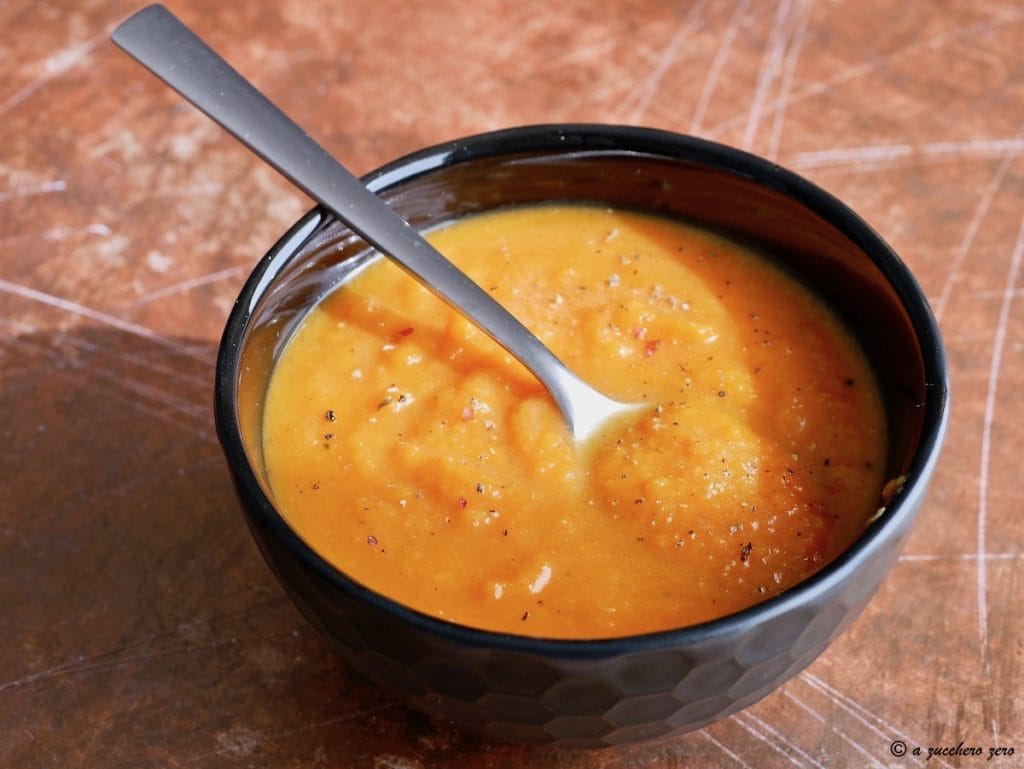
In a pan, pour a couple of ladles of pumpkin soup and heat.
Add the drained lentils and stir.
Let simmer with a lid, preferably glass, and on low heat for 3-5 minutes until the ragù reaches the desired consistency.
When the ragù is about to thicken, stir repeatedly to avoid it sticking to the pan bottom.Cooking times vary depending on the more or less liquid consistency of the pumpkin sauce and the intended use of the ragù: thicker if used to directly dress the pasta and more liquid if the pasta goes back in the oven.
If necessary, adjust the salt and grind the pepper.Your lentil and pumpkin ragù is ready.
Enjoy your meal!
Cook the pasta, rinse it under running water and drain it.
In the meantime, heat the lentil and pumpkin ragù.Pour the pasta into the pan with the lentil and pumpkin ragù and mix.
On an off flame, grind a bit more pepper, drizzle with extra virgin olive oil, and add some chopped parsley.Plate it up.
Your pasta with lentil and pumpkin ragù is ready.
Enjoy your meal!
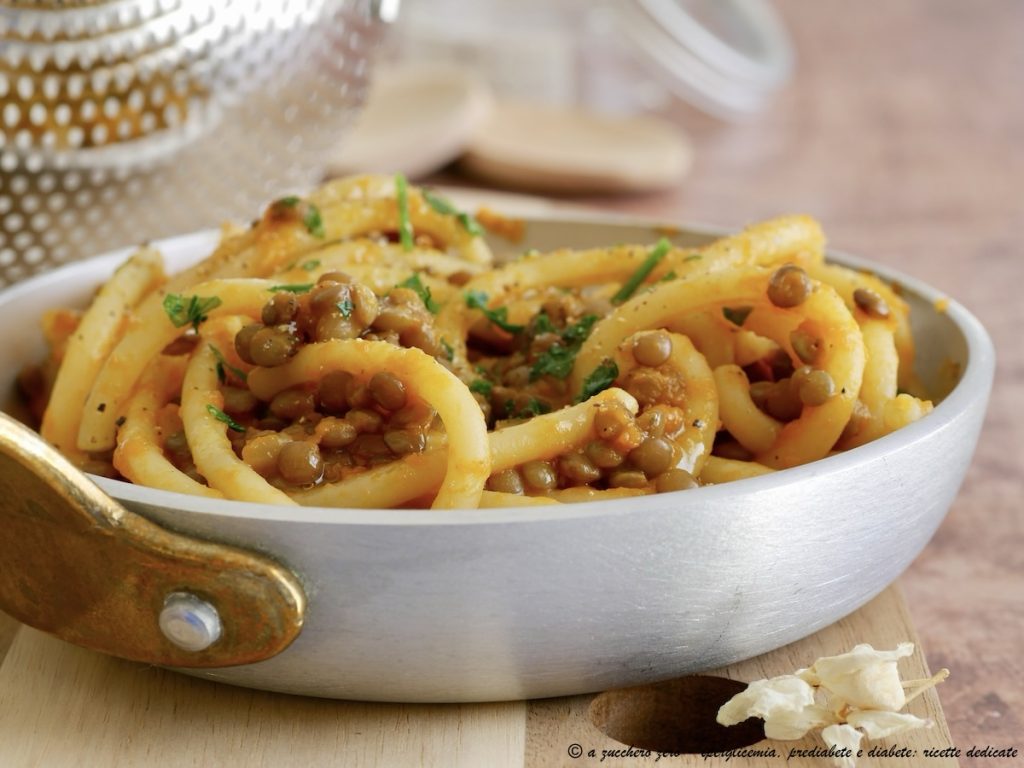
Storage, tips, and variations
Store any leftover light pumpkin soup in the freezer:
– in portions or in ice cube trays, it’s great for adding flavor.
Use whole grain pasta to increase fiber content.
You can flavor your lentil and pumpkin ragù by adding rosemary or sage.
You can make your vegan pumpkin ragù without tomato using other types of legumes.
It keeps in the refrigerator in an airtight container for a couple of days.
FAQ
Tips on how to pair legumes
Suggested pairings:
– legumes + cereals [example: bread, pasta, or rice], preferably choose whole grains;
– legumes + proteins.
Respect the proportions and combinations indicated in your diet plan.
For more information on the topic read the article by clicking the following link: Pairing legumes in the diet.

